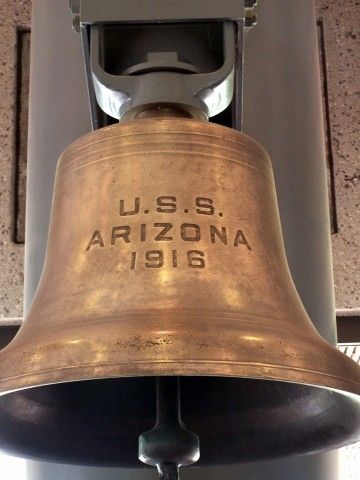Where did the term Navy come from?
"naval" came from Latin "navalis" meaning "pertaining to ship". The earliest attested form of the word is in the Mycenaean Greek compound word na-u-do-mo or "Shipbuilders".
First attested in English in the early 14th century came via Old French navie or "fleet of ships" from the Latin navigum "a vessel a ship,, bark boat.
"Taken aback" means to be surprised unexpectedly. I comes from the days of sail and refers to a sudden change of wind pressing the sails against the masts and spars. In this state the ship was "Taken aback". When a sail ship encounters as aback, it slows considerably and can even be driven backwards. Not a good position for a man of war!
PORT, LARBOARD, STARBOARD
Port, larboard and starboard are nautical terms of direction referring to left (post, larboard) and right (starboard) of a ship as one faces the bow. The oldest of these terms is starboard. Starboard has a simple and straightforward, if not particularly obvious to the modern speaker0 It comes from the Old English steorbord and is a combination of steor, meaning steer and bord meaning, the side of the ship or boat (also found in the modern overboard). On old ships the rudder or steering paddle would be on the right side of the ship. Hence the term. .
Starboard is found as early as c893 when it appears in Alfred's translation of Orosius.
The words larboard and starboard were easily confused. It would not do for a shouted command to be misinterpreted, so a different word was required. The terms port, for the left-hand side of a ship dates back to the 16th century, but it was not until the 1840'a that both the Royal and US Navies abandoned the term larboard in favor of port. Why port was chosen is not known for certain, bur most believe, like in larboard, it is because the left-hand of a ship was the side typically put next to the wharf.
The Naval Watch System
On Royal Navy ships of the sailing era the ships bell was used to tell everyone on board what the time was. Usually a half hour sand glass was used and as the Midshipman of the Watch turned it over the bell was rung a number of times to let the crew know how long they had been on watch and when the relief was due to take over. To allow for any discrepancies in turning the glass the naval day started at noon when the noon sight (the Captain and senior officers establishing when the Sun reached it’s daily zenith) could be used to start the daily cycle.
Depending on the number of crew available and the number of trained watch keeping officers, the crew could be divided into two or three watches. Usually it was two, the starboard and larboard watches. The three watch system was more popular with crews as they got a full eight hours off but not as widely used.
The 24 hours were divided into 5 four hour watches and 2 two hour watches. The Latter had the effect of swapping the crew over so that the same people were not always on duty at the same time. The watches were named :
- the Afternoon Watch was from noon to 16:00 (4 p.m.)
- the First Dog Watch (2 hours) was from 16:00 (4 p.m. to 18:00 (6 p.m.)
- The Last Dog Watch (2 hours) was from 18:00 (6 p.m.) to 20:00 (8 p.m.)
- The First Watch was from 20:00 (8 p.m.) to midnight
- The Middle Watch was from midnight to 04:00 (4 a.m.)
- The Morning Watch was from 04:00 (4 a.m.) to 08:00 (8 a.m.)
- The Forenoon Watch was from 08:00 (8 a.m.) to noon
During these watches the bell was rung each half hour with the number of rings being increased by one each time. So half hour into the watch was one bell, one hour in was two bells 1.5 hours 3 bells etc. with the watch ending at eight bells (except the First Dog watch which ended at four bells).
AFORE
1. In, on, or toward the fore or front of a vessel.
2. In front of a vessel.

